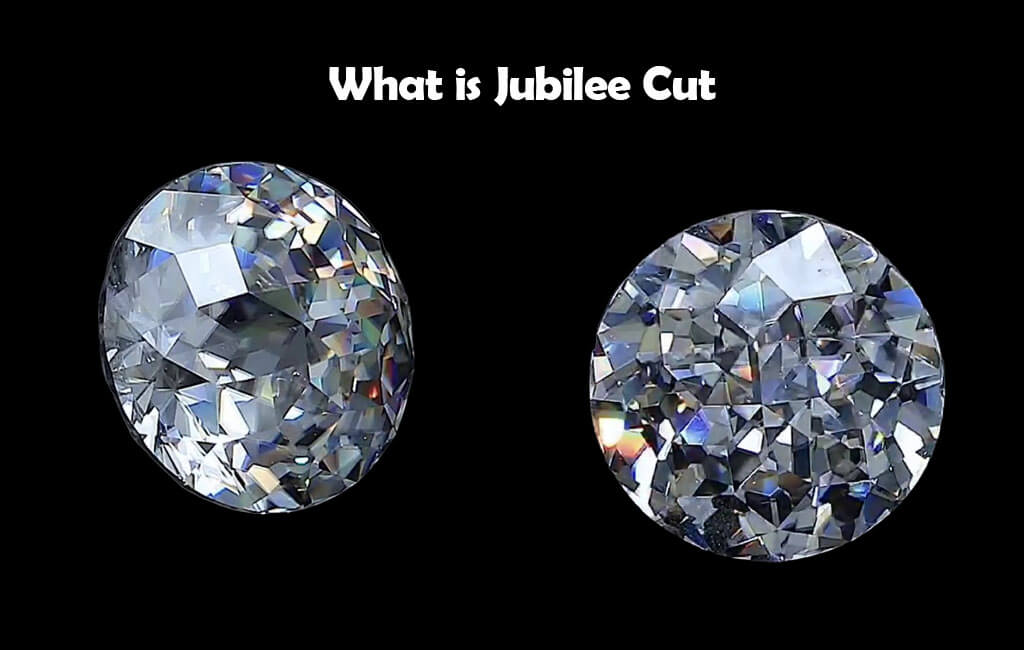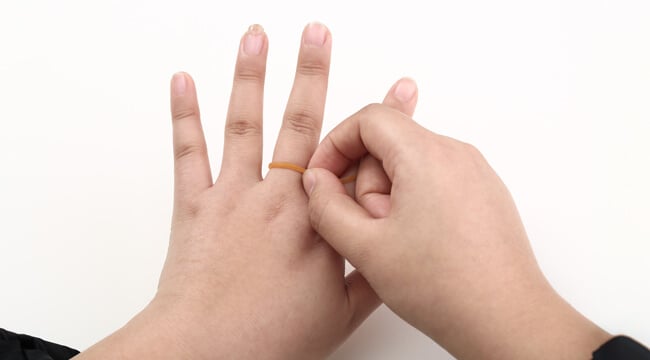Venture into the enchanting sphere of Moissanite, and you may discover a seldom-seen gemstone facet known as the Jubilee Cut. This exposition delves into the genesis and distinctive characteristics that elevate the Jubilee Cut to prominence. Embark with us as we unravel the narrative and allure inherent in the Jubilee Cut.
What is Jubilee Cut?
The Jubilee Cut, a paragon of gemstone craftsmanship, epitomizes the intricate art of diamond faceting, particularly renowned in the early decades of the 20th century. Its rarity in gemology stems from its bespoke application to grander diamonds. The essence of its exclusivity resides in its unparalleled prowess to amplify the luminance and brilliance of substantial diamonds, endowing them with a mesmerizing, illustrious sparkle.
This cut eschews the conventional ‘table’ seen in standard diamond facets. It parades a masterfully engineered crown, boasting eight trapezoidal bezel facets, ascending meticulously to a central pinnacle. Complementing this are eight smaller trapezoidal bezel facets, adjoined seamlessly to the larger ones. This arrangement manifests a harmonious, symmetrical pattern, radiating balanced elegance.
Encasing this core structure are sixteen-star facets, encircled by an additional sixteen cross facets, collectively forming the diamond’s girdle. This outer rim is pivotal in defining the gem’s aesthetic and structural integrity. The pavilion beneath, devoid of a culet, comprises sixteen extra facets over the conventional twenty-four, contributing to the diamond’s captivating play of light.
Boasting up to 88 facets (some variants having 80), each facet of the Jubilee Cut plays a role in the gem’s dazzling allure, reflecting light in a bewitching display of brilliance and fire.
You may want to know more about Briolette Cut Moissanite
History of Jubilee Cut
The inception of the Jubilee Cut hails from an American reimagining of the traditional brilliant cut, surfacing amidst a renaissance in diamond faceting techniques. Its moniker, a homage to Queen Victoria’s jubilee, mirrors the magnificence and celebratory essence of that epoch. Sometimes dubbed the ‘Twentieth-century cut’, it represents a significant epoch in gemstone craftsmanship, interweaving rich history with evolutionary strides.
Today, this cut symbolizes luxury and exclusivity, predominantly gracing elite collections and high-end adornments. It transcends a mere diamond cut, embodying a fusion of art and science, and stands as a timeless testament to supreme craftsmanship.
Unique Characteristics and Applications
The Jubilee Cut’s uniqueness lies in its extraordinary light capture and reflection capability. The absence of a culet, coupled with its unique facet arrangement, yields a ‘kaleidoscope of brilliance.’ This is especially pronounced in larger moissanite, where the facets ingeniously manipulate light.
In application, the Jubilee Cut is a jewel in the crown of high-end jewelry, esteemed by collectors and aficionados alike. Predominantly featured in statement items like engagement rings, necklaces, and earrings, its distinctive sparkle is a beacon of boldness and sophistication.
Modern Interpretations and Legacy
In contemporary gemstone faceting, the Jubilee Cut continues to be a muse. While its classic design is revered, modern interpretations often blend in contemporary techniques to accentuate its allure. These novel renditions strive to marry historical integrity with contemporary tastes, captivating a wider audience of moissanite admirers.
The Jubilee Cut’s legacy is a testament to the enduring charm of craftsmanship and innovation in gemology. It stands as an emblem of an era that transformed gemstone cutting into an art form, altering our perception and valuation of these precious stones.
Conclusion
In sum, the Jubilee Cut transcends mere gemstone shaping; it embodies a historical journey that charts the evolution of diamond cutting. Its distinctive design, rich legacy, and lasting allure render it a captivating topic for those enthralled by the art and science of gemology. As its admiration and study persist, the Jubilee Cut remains a beacon of human ingenuity and the unwavering quest for beauty.






